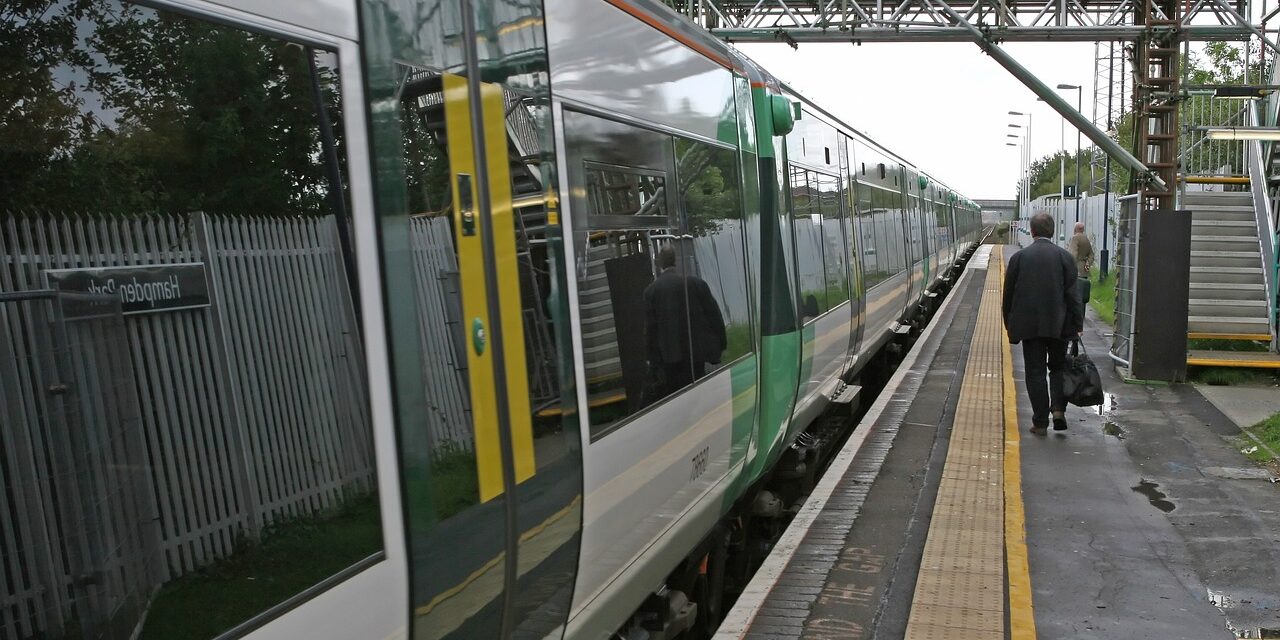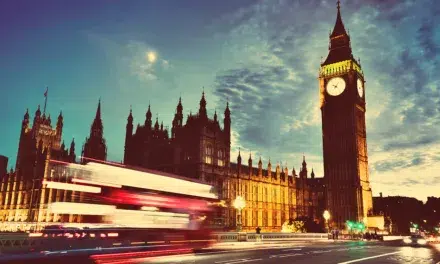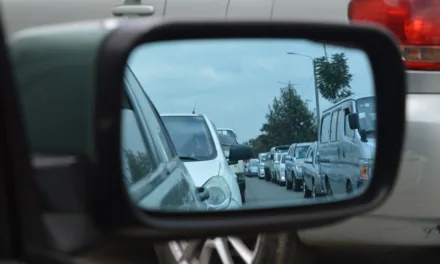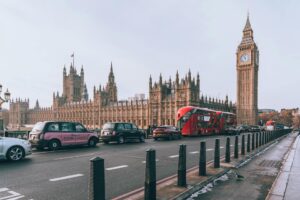In March 1963, a report The Reshaping of British Railways written by Dr Richard Beeching was published. The report identified 2,363 stations and 5,000 miles (8,000 km) of railway line for closure.
We now talk about most reports produced for government ministers as being left on the shelve to collect dust. Sadly, this was not the case with this report. Its main recommendations were eagerly adopted, and in just a few years massive cuts were made to our rail network. It is now hard to even imagine the different world that existed before these savage cuts were made to our railway network; one where hundreds of small towns and villages had their own railway connection.
Incredibly, just a few years after these massive train line closures had been implemented, there were concerns that a further round of train line closures would take place. In 1973, a leak to the Railway Gazette and the Sunday Times revealed a secret plan drawn up by the Government for a further round of substantial cuts to the railway network, halving it from around 11,000 route miles to 5,000, or possibly even less. Under these plans most lines in Scotland, Wales, Cornwall and East Anglia would have been shut, with substantial cuts elsewhere.
Thankfully, the second round of rail closures did not take place. Another positive development was that this threat of a further round of railway closures acted as a catalyst to Transport 2000 (as Campaign for Better Transport was once called) being created.
Advertisement
From our very earliest days, we have been battling to defend our railway network.
We have been highlighting the social and environmental benefits of rail travel, as well as challenging the exaggerated benefits of road building and the myth that there are no alternatives to a car dependent society.
Putting the case for reopening railway lines and extending rail travel to more communities has always been central to our campaigning activities.
Back in 2019 our report, The case for expanding the rail network, made the case for a specific programme of rail reopenings to bring half a million people within walking distance of a train station and allow an additional 20 million passengers journeys a year on the network.
We were then successful in persuading the previous Government to set up the Restoring your Railway Fund in 2020. Although the size of its funding was limited, it proved to be a success by reconnecting communities that had been cut off from the rail network for decades and enabling millions more train journeys set to be made.
The Dartmoor Line was the first to reopen through the Restoring your Railway Fund and the restored Northumberland Line will soon bring passenger trains back into service between Ashington and Newcastle with seven new railway stations. In addition, a further 11 new stations have been opened across the country under the New Stations Fund – a fund we specifically campaigned to have set up.
Despite the progress in starting to reverse the cuts made to our railway network, there has been a setback, with news at the end of July that our new Government was cutting the Restoring Your Railway Fund.
We have publicly urged the Government to reconsider their decision.
Advertisement
When Parliament returns in September there will inevitably be many parliamentary questions and Westminster Hall debates over the future of schemes which have not yet started. Around the country there are several schemes where business cases had been produced or which are being worked on, and the prospect of railway lines reopening could be possible in the decade ahead.
However, even if the Restoring Your Railway Fund does not continue in its current form, some alternative must be found for ensuring the reopening of railway lines.
And while the announcement was disappointing, there is a glimmer of hope.
The Government is now reviewing the funding of most transport infrastructure projects, including many expensive road building projects – such as the £10 billion Lower Thames Crossing – raising the prospect of a real shift in investment from road to rail and other public transport infrastructure.
The name of the projects to reopen our railway lines and build new stations can easily change, but the commitment and funding to ensure our railway network grows should not be in doubt.
Our website has a list of railway lines and stations suggested for reopening by our supporters. If you know about one that isn’t on our list, let us know using this webform and we’ll add it.


















